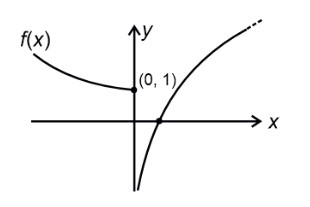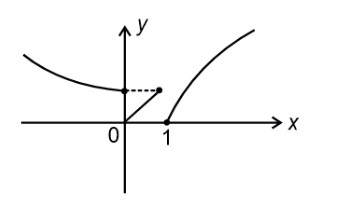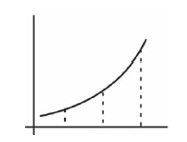5. Check whether the relation R in R defined as R = {(a, b): a ≤ b3} is reflexive, symmetric or transitive.
5. Check whether the relation R in R defined as R = {(a, b): a ≤ b3} is reflexive, symmetric or transitive.
-
1 Answer
-
We have,
R= is a relation in R.
For, and we can write
=> => which is not true.
So, R is not reflexive.
For we have,
=> => is true.
So,
But => is not true
So, and
Hence, R is not symmetric.
For, and
=> is true=>
=> is true=>
But => is not true=>
Hence, for
So, R is not transitive.
Similar Questions for you
R1 = { (1, 1) (1, 2), (1, 3)., (1, 20), (2, 2), (2, 4). (2, 20), (3, 3), (3, 6), . (3, 18),
(4, 4), (4, 8), . (4, 20), (5, 5), (5, 10), (5, 15), (5, 20), (6, 6), (6, 12), (6, 18), (7. 7),
(7, 14), (8, 8), (8, 16), (9, 9), (9, 18), (10, 10), (10, 20), (11, 11), (12, 12), . (20, 20)}
n (R1) = 66
R2 = {a is integral multiple of b}
So n (R1 – R2) = 66 – 20 = 46
as R1 Ç R2 = { (a, a) : a Î s} = { (1, 1), (2, 2), ., (20, 20)}


⇒ (y, x) ∈ R V (x, y) ∈ R
(x, y) ∈ R ⇒ 2x = 3y and (y, x) ∈ R ⇒ 3x = 2y
Which holds only for (0, 0)
Which does not belongs to R.
∴ Value of n = 0
f is increasing function
x < 5x < 7x

f (x) < f (5x) < f (7x)
->
Given f (k) =
Case I : If x is even then g (x) = x . (i)
Case II : If x is odd then g (x + 1) = x + 1 . (ii)
From (i) & (ii), g (x) = x, when x is even
So total no. of functions = 105 × 1 = 105
Taking an Exam? Selecting a College?
Get authentic answers from experts, students and alumni that you won't find anywhere else
Sign Up on ShikshaOn Shiksha, get access to
- 66k Colleges
- 1.2k Exams
- 680k Reviews
- 1800k Answers

